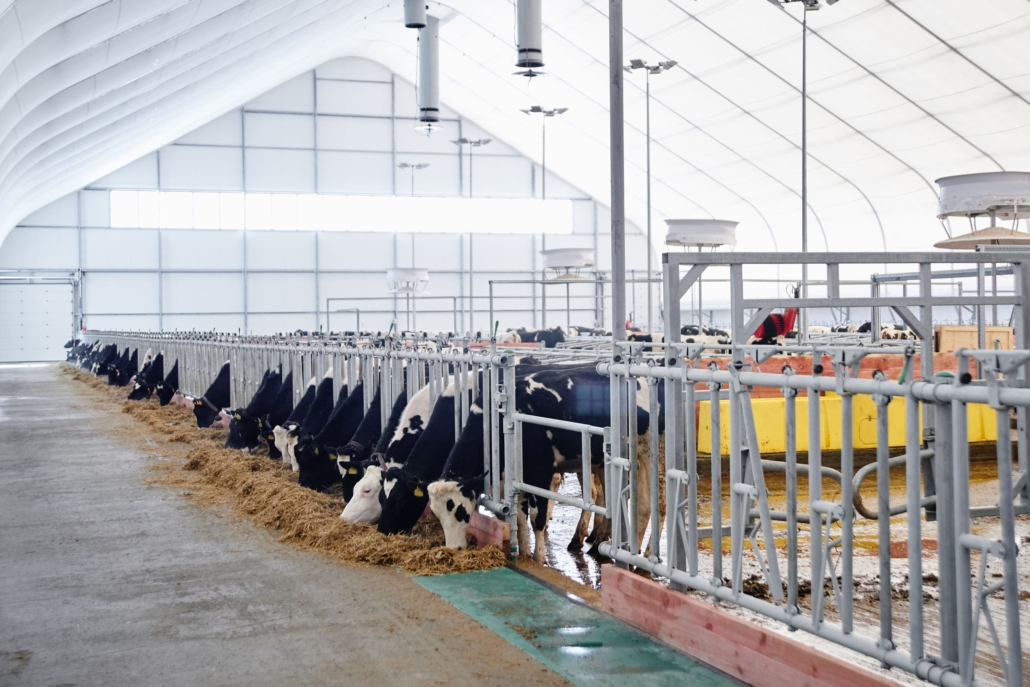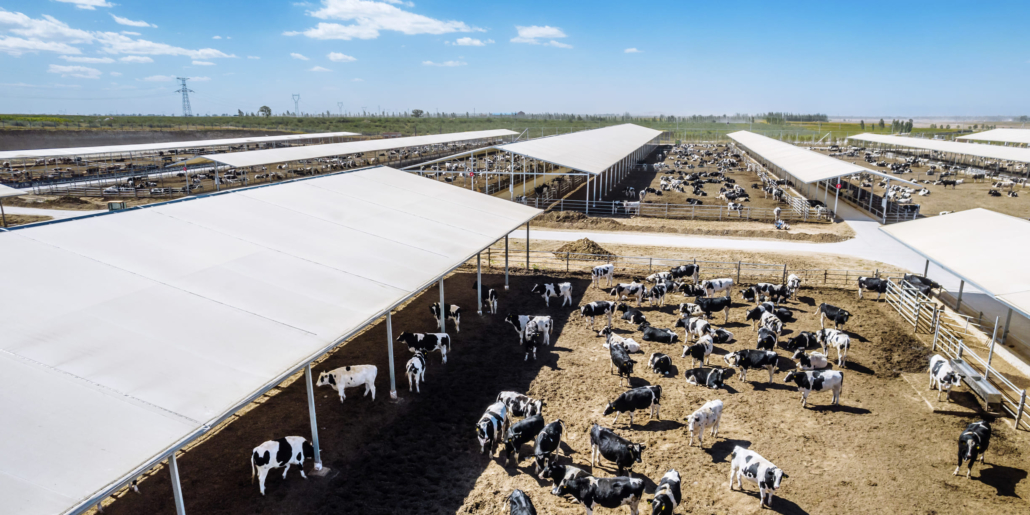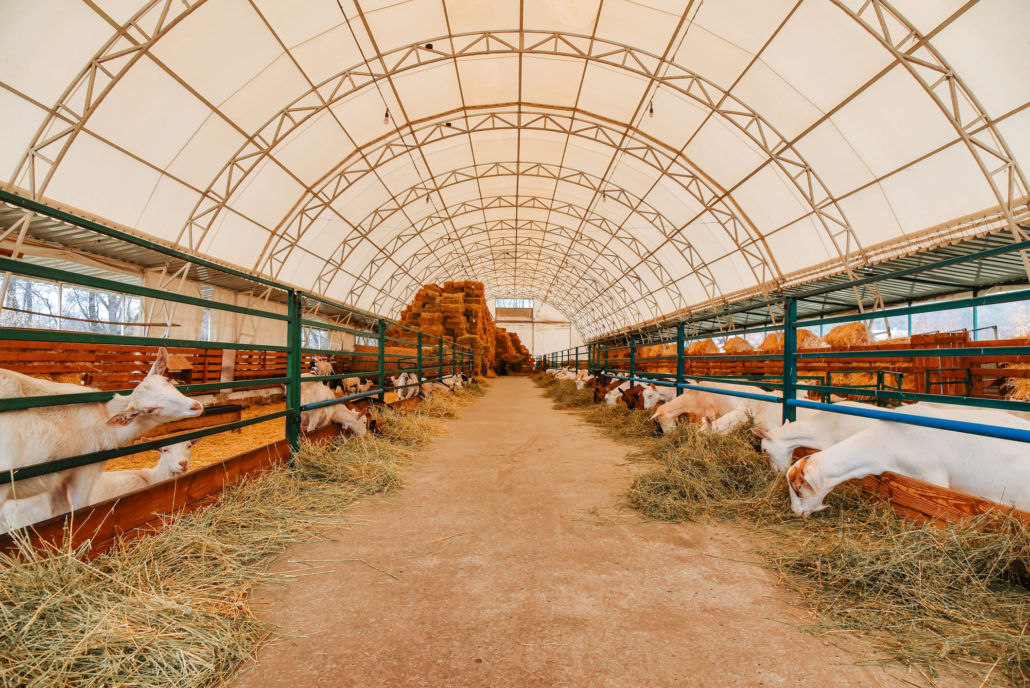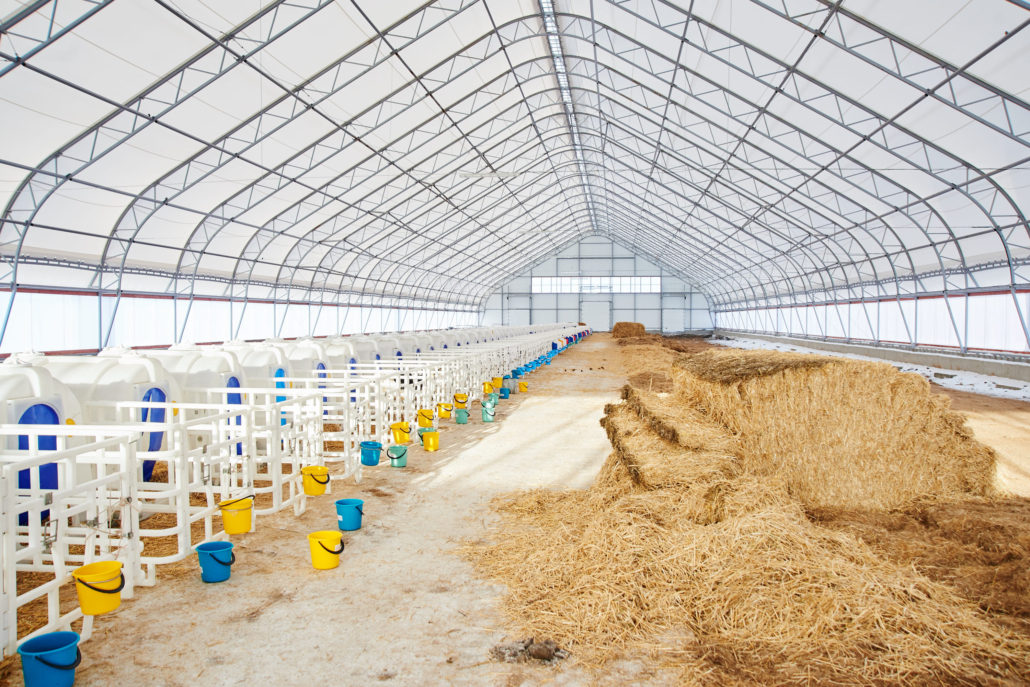Elevating Farm Efficiency: The Advantages of Edge Fabric Buildings for Livestock Housing

In the dynamic world of farming and livestock management, staying ahead means continuously seeking out innovative solutions that not only streamline operations but also promote the welfare of animals.
Fabric buildings have emerged as a game-changer in agricultural infrastructure, offering unmatched versatility and a host of benefits that could significantly upgrade your farm’s functionality and efficiency.
If you’re questioning the suitability of fabric buildings for your agricultural operations, read on to uncover some of the advantages they offer and the key considerations to keep in mind.
The Multi-Functional Appeal of Fabric Buildings for Livestock Housing
Fabric buildings are extremely versatile, and suitable for a range of agricultural applications. They can be used as protective shelter for machinery and equipment, and also make comfortable, airy homes for livestock, including cattle and poultry, throughout the year. Their adaptability to various agricultural needs makes them an essential asset for any farm.

Three Advantages of Choosing Fabric Buildings for Your Farm
1. The Power of Natural Light
Fabric buildings are designed to maximize the entry of natural light, creating a bright, healthy environment for livestock. This not only enhances the animals’ living conditions but also contributes to their wellbeing – and happy livestock are productive livestock. The benefits of natural light extend to reduced energy costs, highlighting the efficiency of fabric buildings.
2. Superior Insulation and Ventilation
A key concern in livestock housing is maintaining a healthy environment that supports animal wellbeing. Fabric buildings are equipped with advanced insulation and ventilation systems, ensuring animals stay warm during colder months without the risk of condensation – a significant risk factor in respiratory health conditions such as pneumonia, mastitis and digital dermatitis. This balance between warmth and air quality is crucial for the longevity and productivity of your livestock.
3. Economic Efficiency
The initial investment in a fabric building is quickly offset by the savings in overhead costs. The natural lighting and energy-efficient design of these structures reduce the need for artificial lighting and heating, leading to significant cost savings over time. Additionally, the durability and low maintenance requirements of fabric buildings contribute to their overall cost-effectiveness.

Integrating Fabric Buildings into Your Farm: Key Things To Consider
Choosing Quality and Durability
Selecting a fabric building involves careful consideration of the appropriate features and specification, taking into account the potential for wear and tear from animals and environmental factors. It’s important to opt for high-quality building systems from a reputable provider to ensure durability, low maintenance, and resilience.
With an all-in-one solution from Edge Inc, you’re able to conveniently procure your ideal building, including lighting, power, and other necessary components. We offer a range of roof profile and door options to mitigate against environmental challenges like extreme cold, heavy snowfall and frequent storms, ensuring the safety and wellbeing of livestock in any location or conditions.
Our fabric structures compete favourably with traditional structures in terms of lifespan – our frames are guaranteed for 40 years, while replaceable fabric covers are guaranteed to last a minimum of 15 years, delivering peace of mind for farmers and contractors alike.
Planning for Space and Functionality
The right size and layout are critical to maximizing the benefits of a fabric building. Flexibility in design allows for a space that can grow and evolve with your farm, ensuring your infrastructure can adapt to future needs.
Meanwhile, design flexibility allows farmers to commission a building that’s adapted for everyday practicality on the farm – for example, roller doors shield against wind and rain while still allowing easy access for a tractor or telehandler to facilitate bulk feeding and easy cleaning.
Fabric buildings can also be recovered down the line if required, providing added convenience and versatility for your farm operations.

Complying with Health and Safety
Fabric buildings can be tailored to meet health and safety standards for livestock housing, ensuring adequate space, optimal air quality, and safe emergency exits. Prioritizing these factors is essential for the welfare of your animals and the success of your farm.
Additionally, temporary fabric structures offer a convenient solution that is subject to less stringent planning restrictions. This flexibility can be invaluable when farmers need additional housing quickly; while it could take months to construct a traditional barn, a fabric barn can be operational in under a week.
Transform Your Farm with Edge Inc.
Considering an upgrade to fabric buildings is a step towards a more efficient, sustainable, and profitable farming operation. At Edge Inc. we’re ready to guide you through the transition, with expert advice and customized solutions tailored to your farm’s unique needs.
If you’re ready to explore the potential of fabric buildings for your farm, contact us today.


